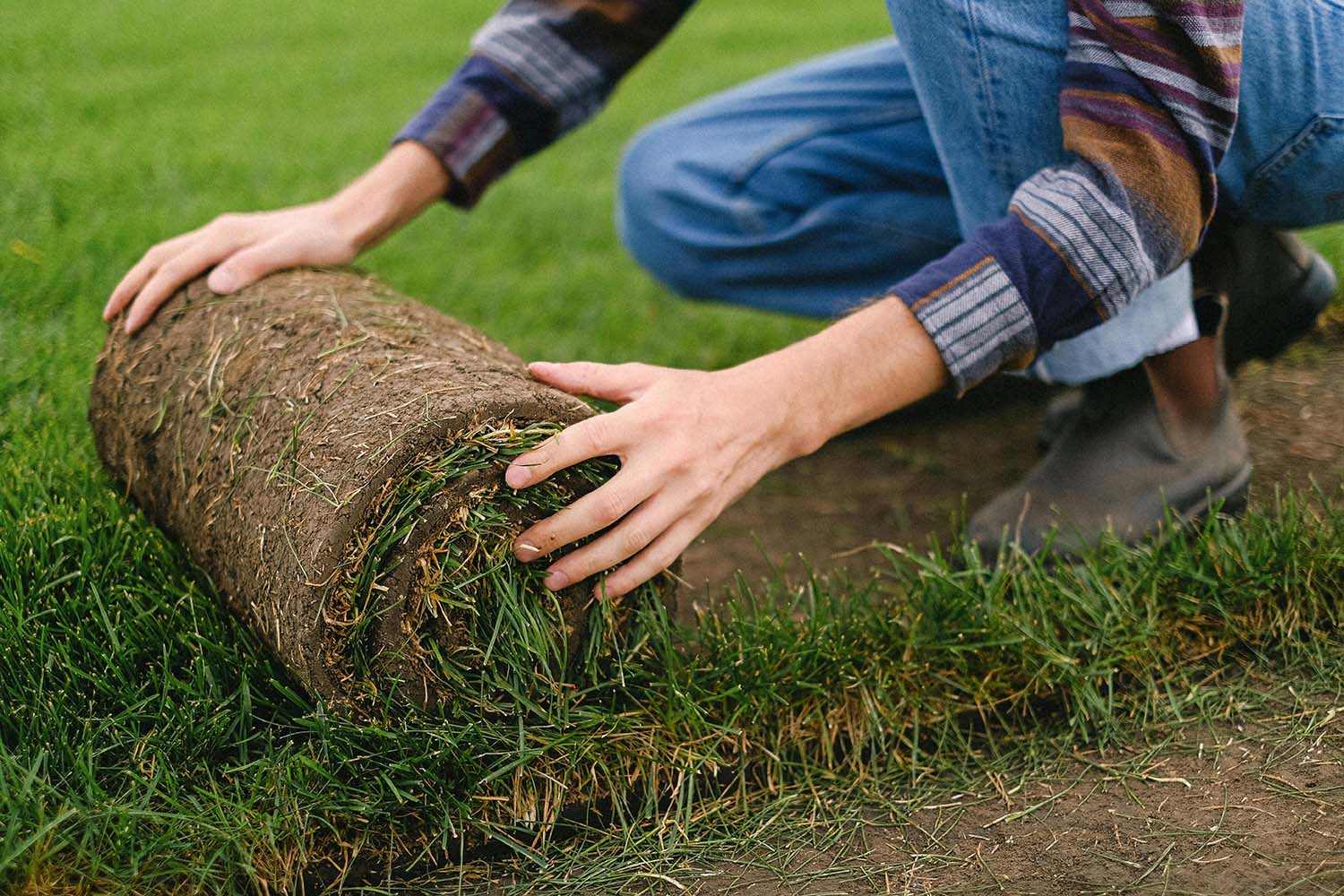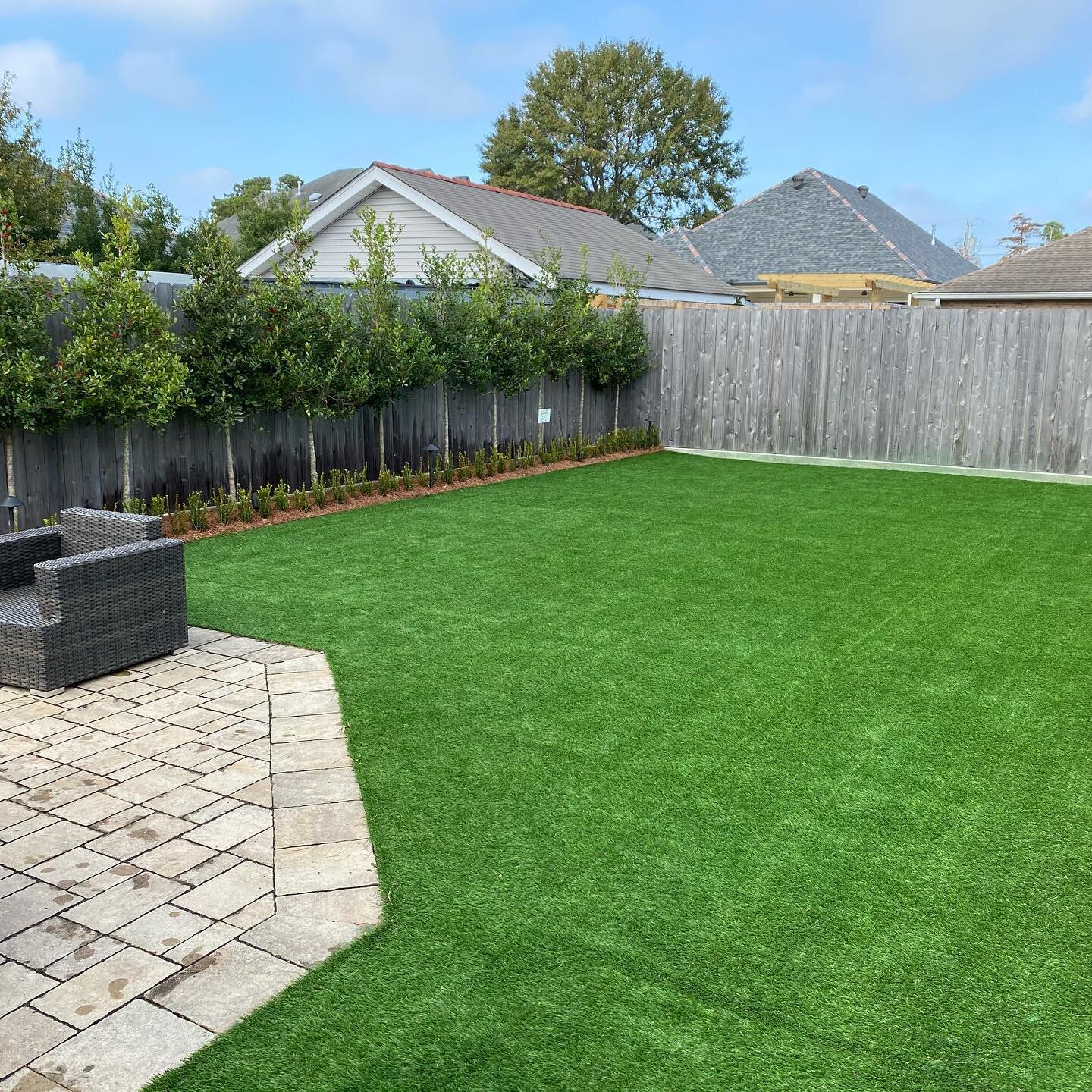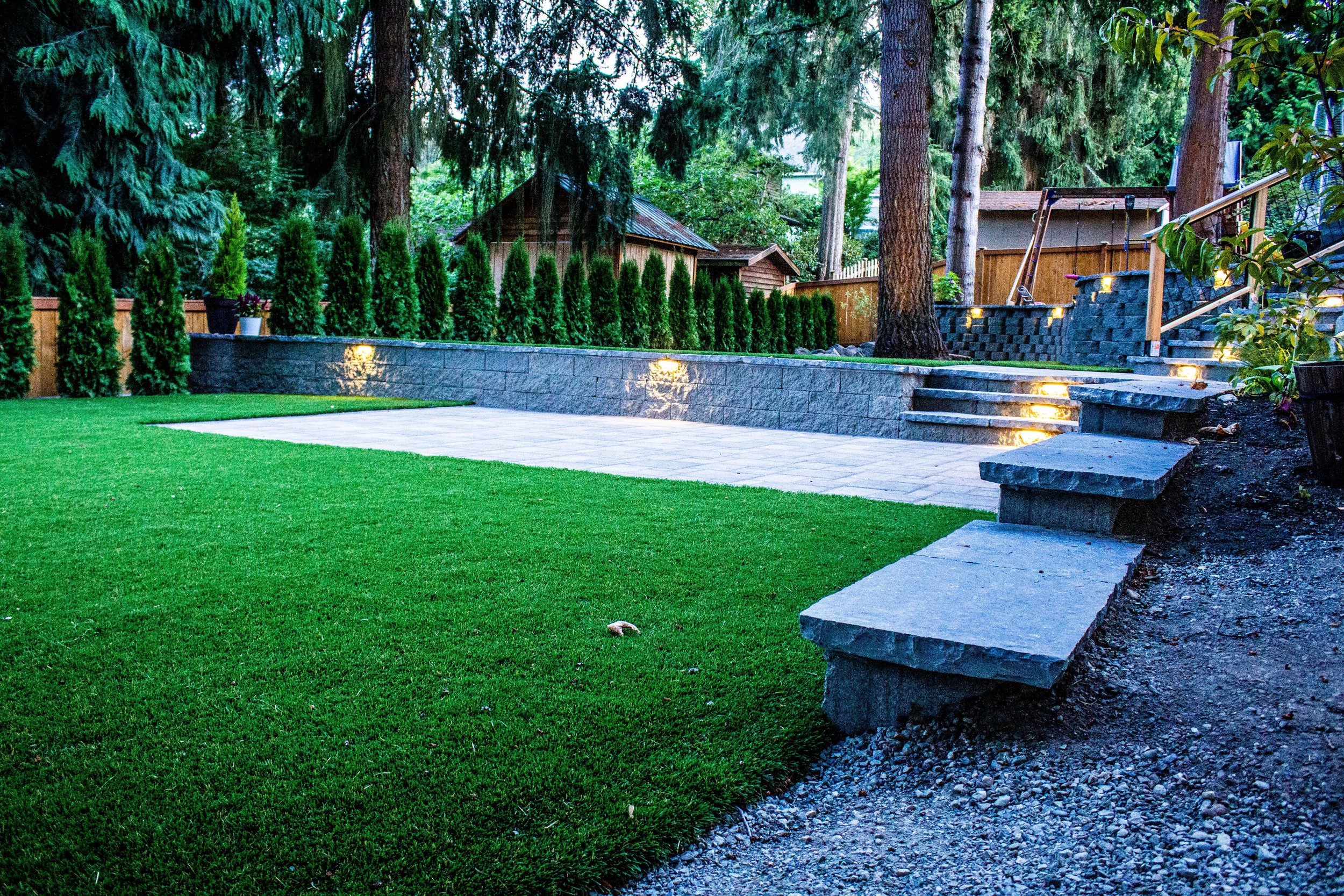Look Into the Environmental Conveniences of Opting for Synthetic Grass Solutions
The fostering of synthetic grass remedies presents a compelling chance to resolve pushing environmental challenges. By dramatically lowering water usage and reducing the application of unsafe chemicals, these choices not just promote lasting landscape design yet also protect local environments.
Water Conservation Benefits
One of the most substantial advantages of man-made grass is its capability to save water. Standard grass yards call for significant irrigation, specifically in locations vulnerable to dry spell or water limitations. On the other hand, fabricated grass does not need watering, substantially decreasing the total need for water resources. This attribute is particularly helpful in deserts where water shortage is a pressing concern.
By eliminating the demand for routine watering, man-made turf adds to lasting landscape methods and aids reduce the ecological impact of extreme water consumption. In addition, the preservation of water reaches the decrease of runoff, which can bring about soil disintegration and waterway air pollution.
Furthermore, the installation of fabricated turf enables districts and property owners to allot water resources a lot more effectively, concentrating on crucial uses such as drinking water and farming. The shift towards man-made lawn not just advertises accountable water usage however also aligns with wider ecological goals targeted at preserving natural deposits.
As communities increasingly focus on sustainability, the water preservation advantages of fabricated turf provide a compelling instance for its fostering in commercial and residential landscaping jobs.
Minimized Chemical Use
The transition to synthetic grass dramatically lowers the dependence on chemical treatments typically made use of in all-natural lawn upkeep. Traditional lawn monitoring typically entails the application of herbicides, fertilizers, and pesticides to advertise development and control bugs. These chemicals can position threats to human health, neighborhood wild animals, and the atmosphere, adding to soil and water contamination.
In comparison, synthetic lawn gets rid of the demand for these damaging materials. By reducing the launch of synthetic compounds into the ecosystem, man-made lawn promotes much healthier dirt and water systems.
Furthermore, the lack of chemical runoff linked with artificial lawn installations assists shield local rivers from pollution, supporting marine life and maintaining biodiversity. Artificial turf companies phoenix. As communities progressively focus on lasting practices, selecting synthetic grass presents a practical option that lines up with ecological preservation goals. Through this shift, homeowner can delight in rich eco-friendly spaces without endangering eco-friendly health, leading the way for an extra sustainable future
Lower Carbon Footprint

Additionally, the installment of synthetic grass can result in considerable water preservation. All-natural lawns need significant quantities of water for irrigation, which not just includes in the carbon impact connected with water extraction and therapy but additionally pressures neighborhood water sources. In comparison, artificial turf needs minimal maintenance, calling for no watering, thereby substantially minimizing water use and its connected power prices.
In addition, the longevity of artificial turf contributes to its decreased carbon impact. With a lifespan of up to 15 years or more, the requirement for frequent replacements is diminished, resulting in much less waste and reduced energy intake in production and dealing with conventional turf options. Generally, man-made turf presents a lasting option for eco aware landscaping.
Habitat Conservation
Habitat conservation is an important consideration in the argument over landscape design choices, particularly when contrasting man-made turf to all-natural yard. All-natural turf lawns usually need substantial maintenance, consisting of making use of herbicides, pesticides, and plant foods, which can adversely influence regional environments. These chemicals can leach right into the dirt and waterways, damaging indigenous plants and animals and disrupting neighborhood habitats.
Synthetic grass gets rid of the requirement for unsafe chemicals, consequently protecting nearby wildlife and maintaining the integrity of bordering ecosystems. The installation of artificial turf can lead to the conversion of former grass locations right into more biodiverse landscapes, such as pollinator gardens or native plant areas, which can support regional wild see post animals.
Eventually, the shift to man-made turf not only saves water and lowers upkeep initiatives but likewise fosters a more unified partnership between human activities and the natural environment, advertising habitat conservation while doing so.
Long-Term Sustainability
Lasting sustainability is a crucial factor in reviewing the benefits of artificial turf over typical grass lawns. Among one of the most considerable benefits of artificial lawn is its durability; it can last approximately 15-20 years with very little maintenance, whereas all-natural yard needs frequent reseeding and substitute. This durability reduces the need for consistent resources, such as water, fertilizers, and chemicals, which are vital for keeping a healthy and balanced grass yard.
Additionally, synthetic grass adds to a reduction in carbon discharges associated with yard care tools. Conventional grass commonly require gas-powered lawn mowers, trimmers, and blowers, every one of which add to air contamination. Arizona turf. In contrast, synthetic grass removes the need for such devices, advertising a cleaner setting
In addition, the production of man-made turf progressively uses recycled materials, improving its sustainability account. As manufacturers adopt green techniques, the environmental footprint of synthetic grass proceeds to lessen.

Final Thought
The fostering of synthetic grass solutions provides significant ecological advantages, consisting of considerable water conservation, decreased reliance on unsafe chemicals, and a lower carbon footprint. Man-made turf help in preserving all-natural environments by reducing land disruption and advertising long-term sustainability with the usage of resilient products. Jointly, these factors underscore the capacity of fabricated turf to contribute positively to ecological health and offer a practical option to standard landscaping methods in a significantly resource-conscious world.
In contrast, man-made lawn does not need watering, dramatically reducing the overall demand for water sources. By minimizing the release of synthetic compounds right into the ecological community, artificial grass advertises much healthier dirt and water browse this site systems.
Furthermore, the installation of synthetic grass can result in substantial water preservation. In comparison, man-made grass needs very little maintenance, requiring no watering, therefore considerably decreasing water use and its associated energy prices.

 Mr. T Then & Now!
Mr. T Then & Now! Tina Majorino Then & Now!
Tina Majorino Then & Now! Barbara Eden Then & Now!
Barbara Eden Then & Now! Christy Canyon Then & Now!
Christy Canyon Then & Now! Stephen Hawking Then & Now!
Stephen Hawking Then & Now!